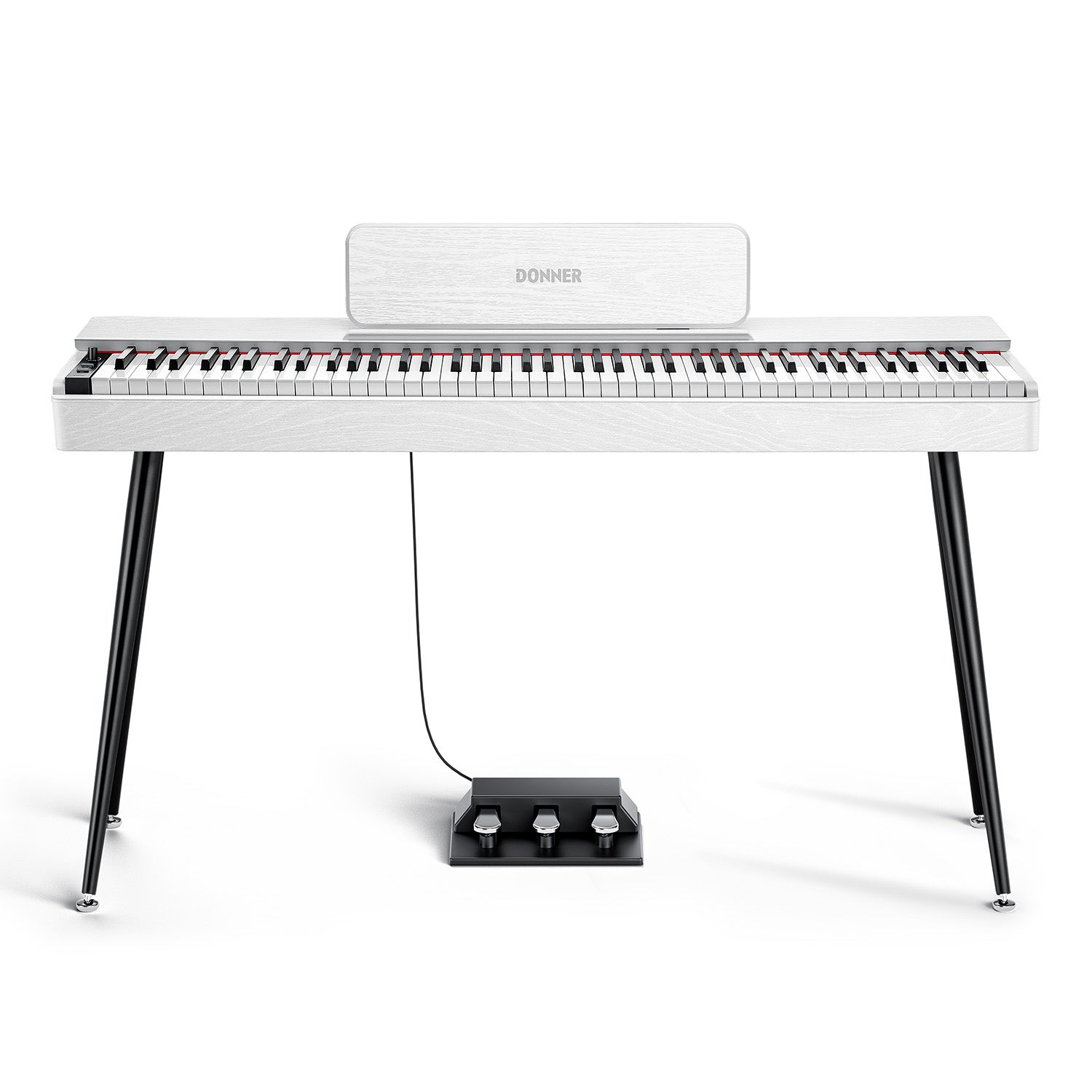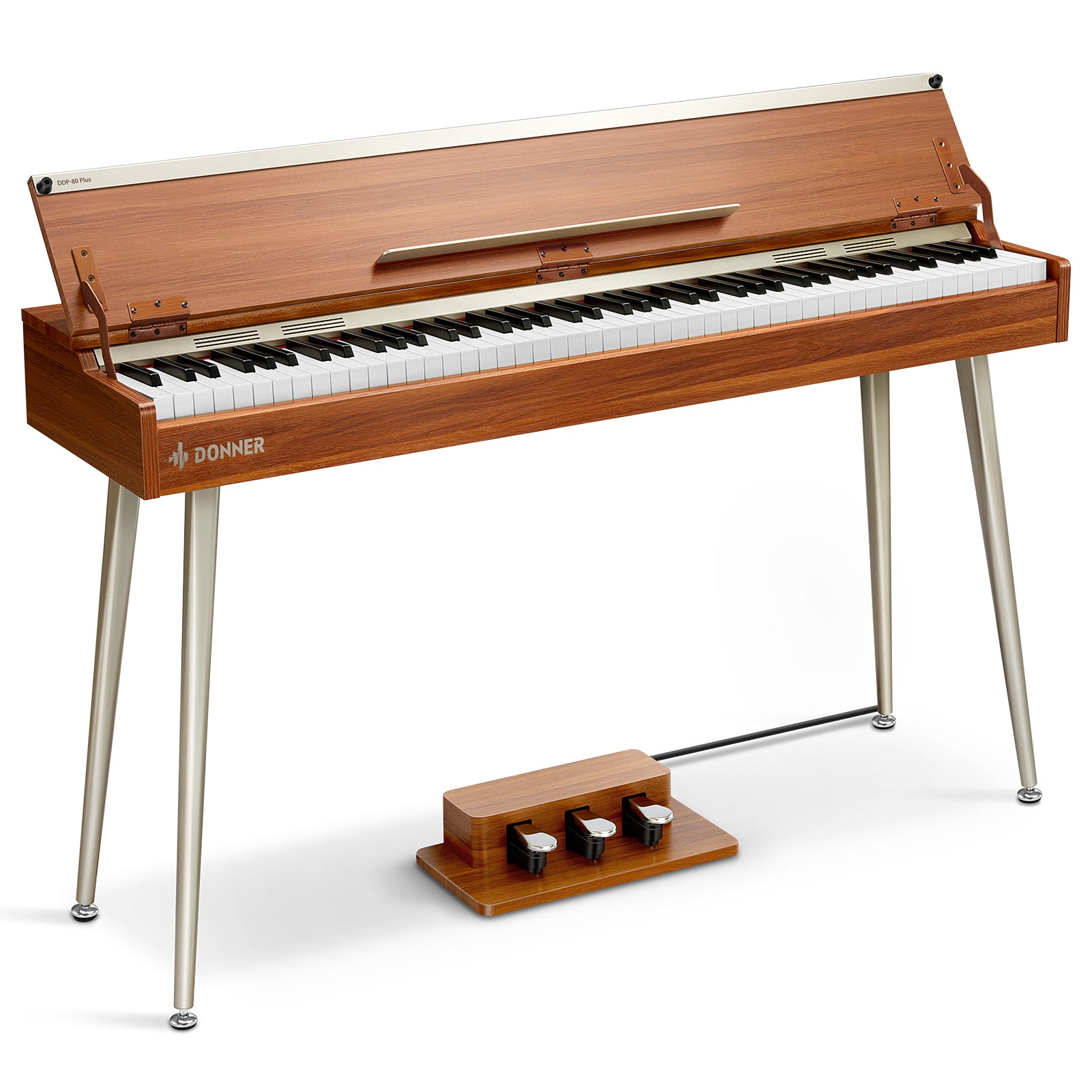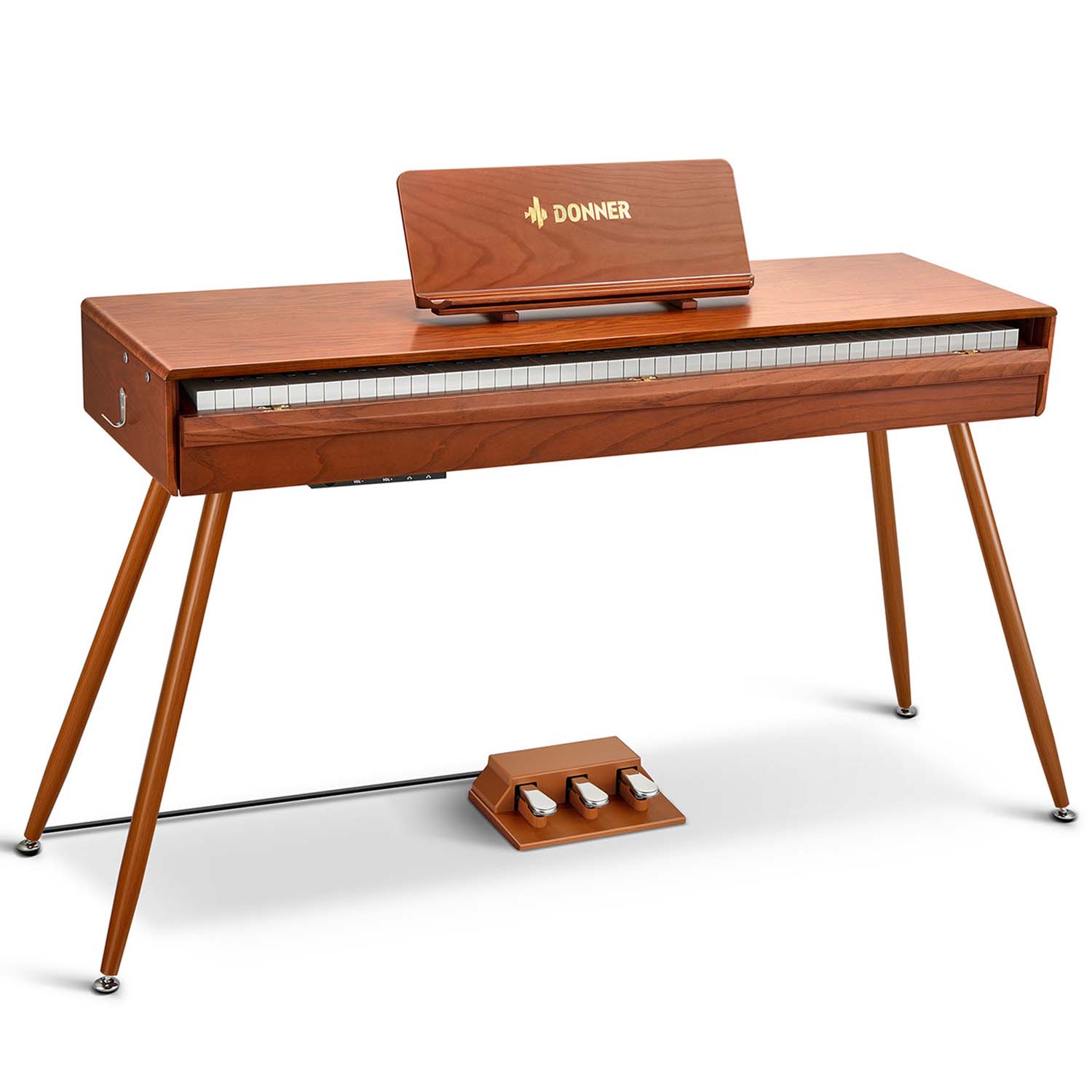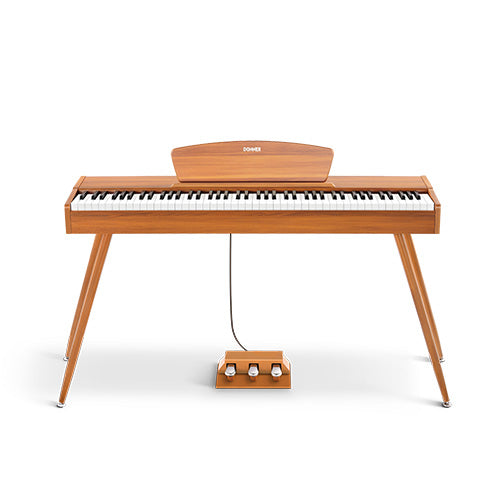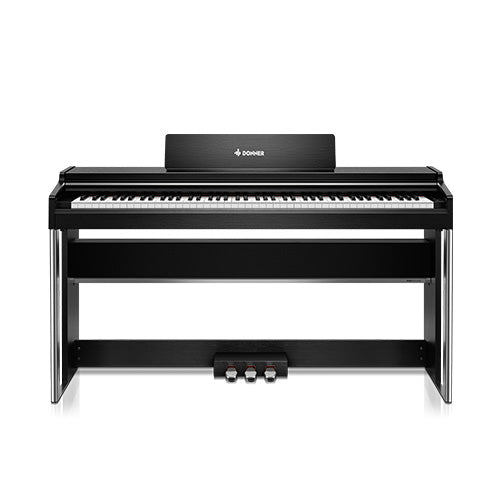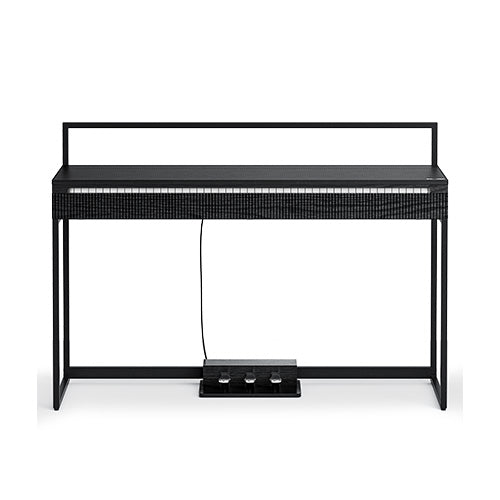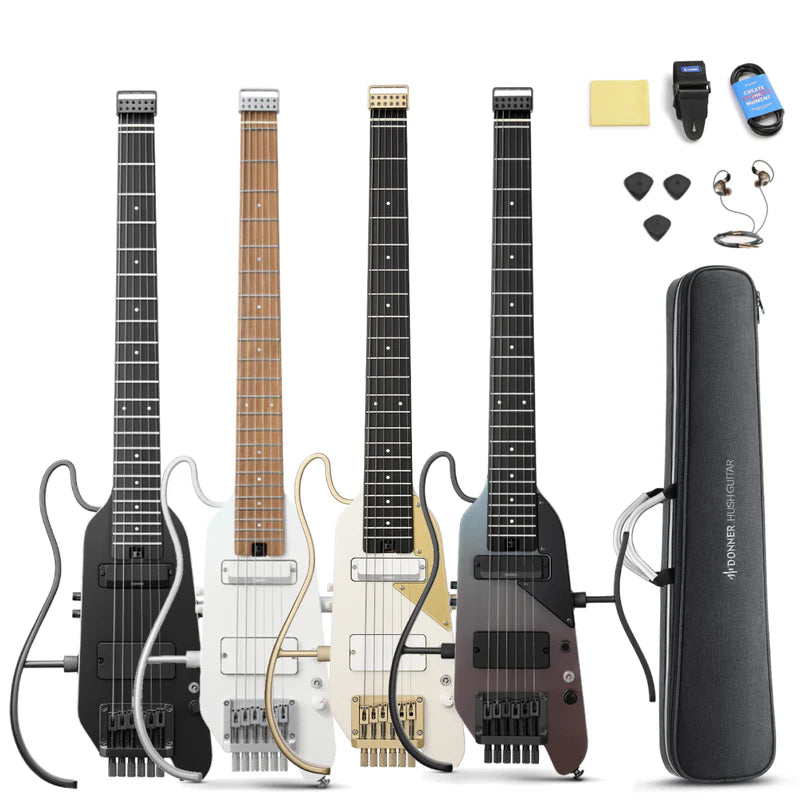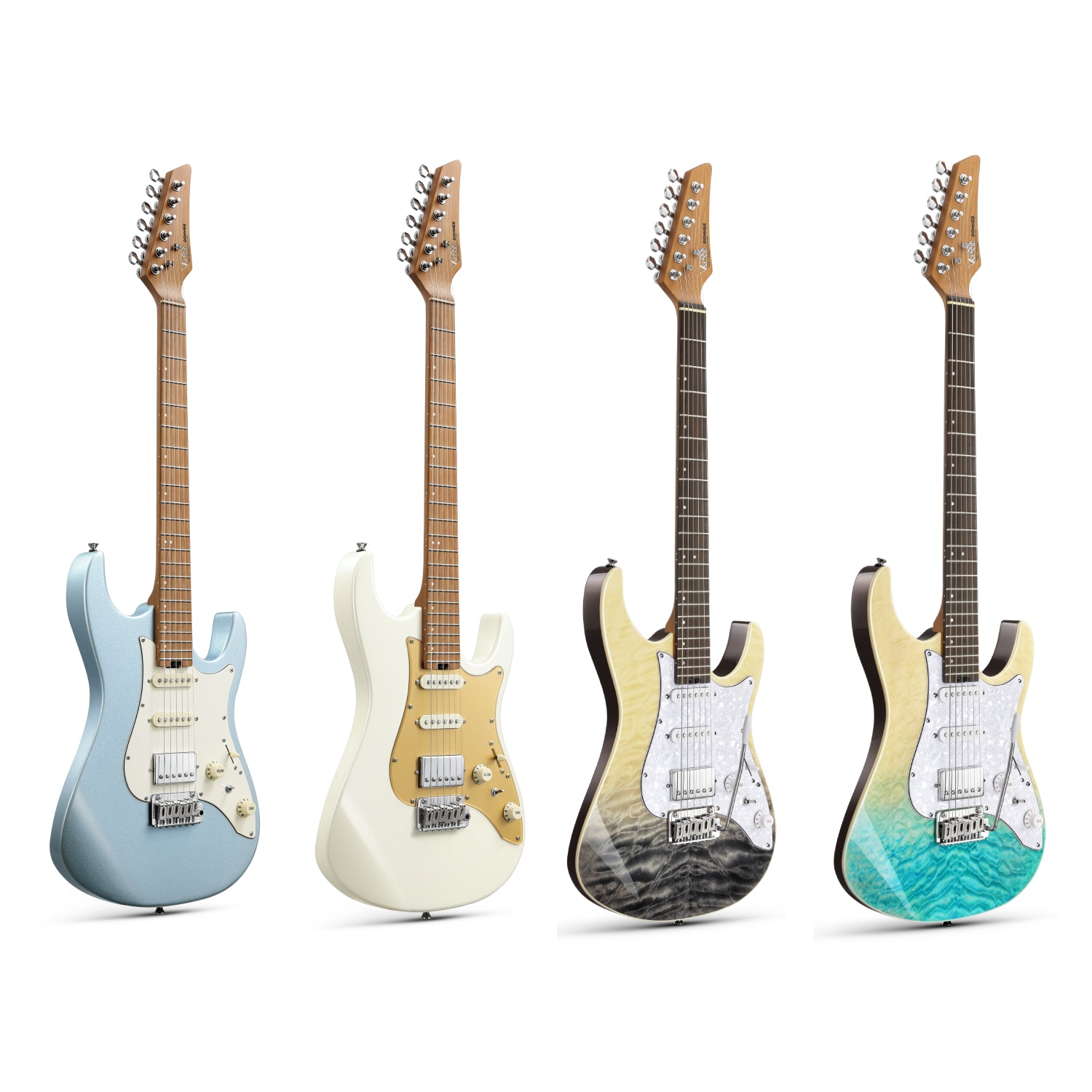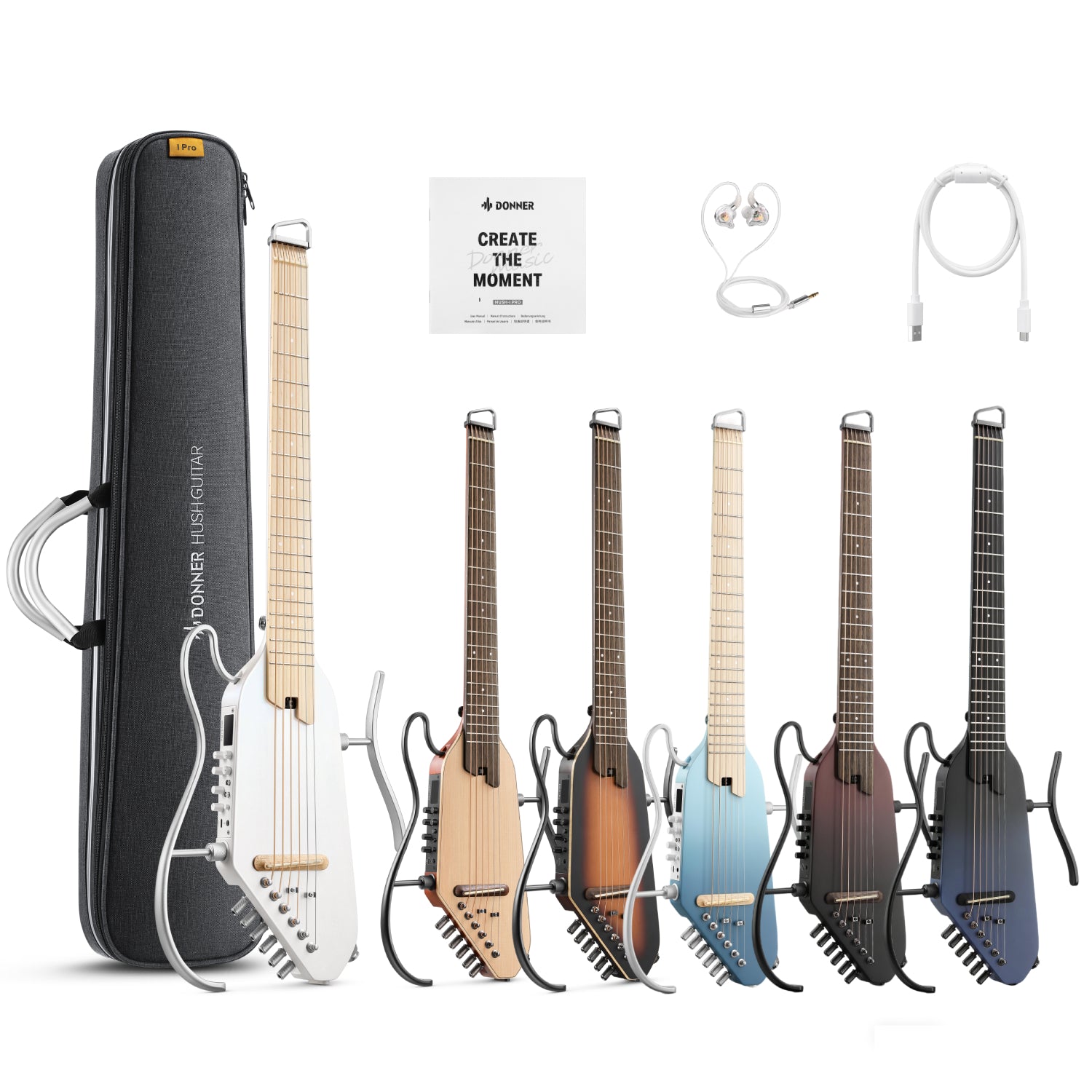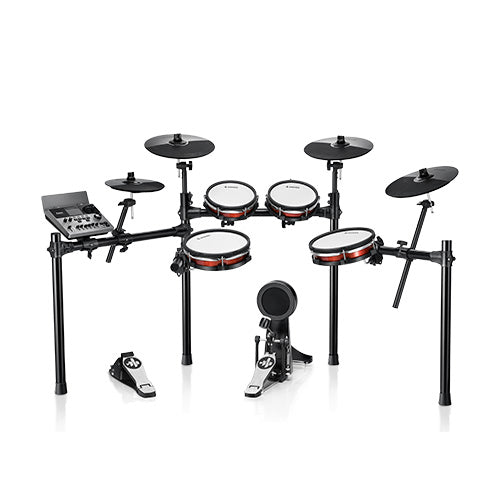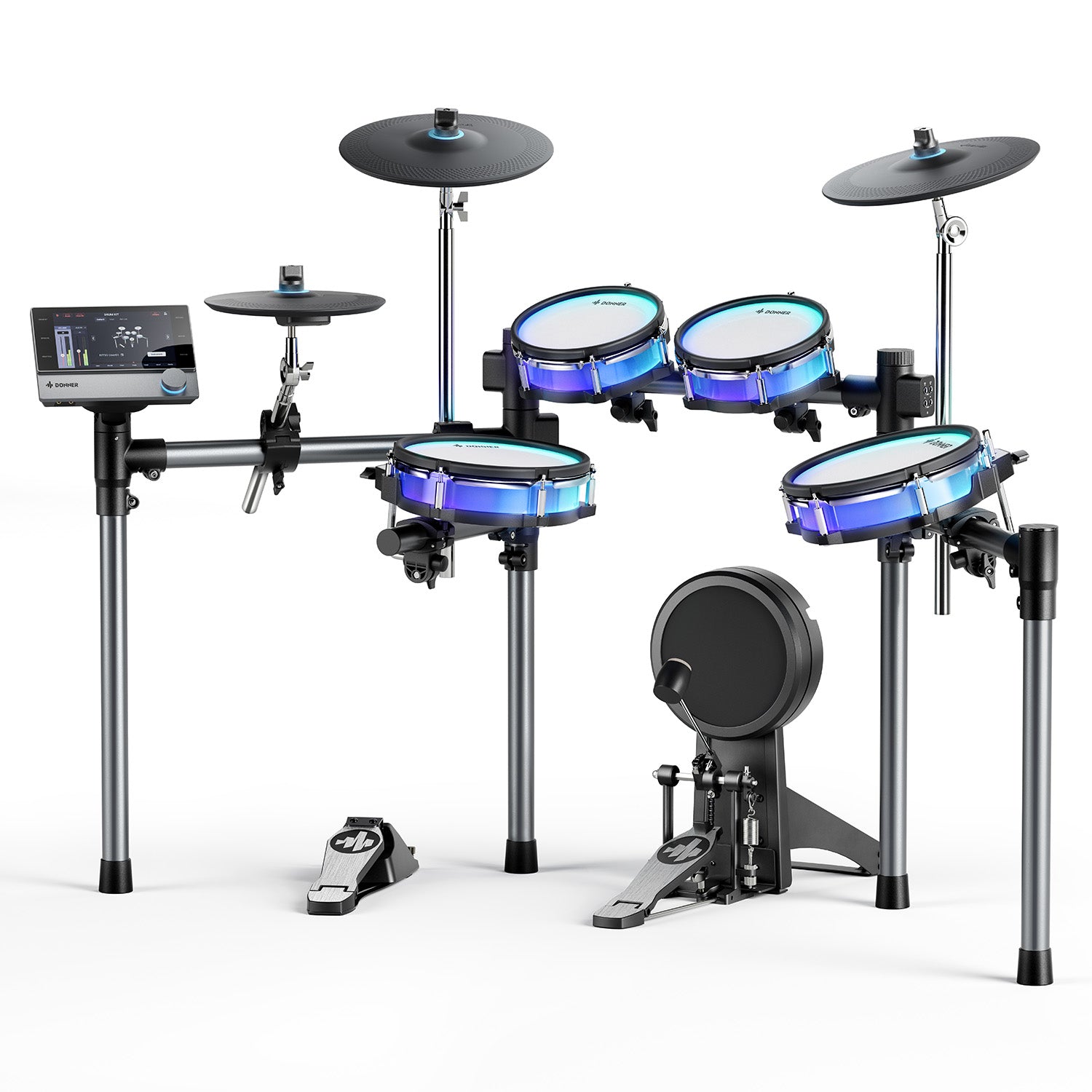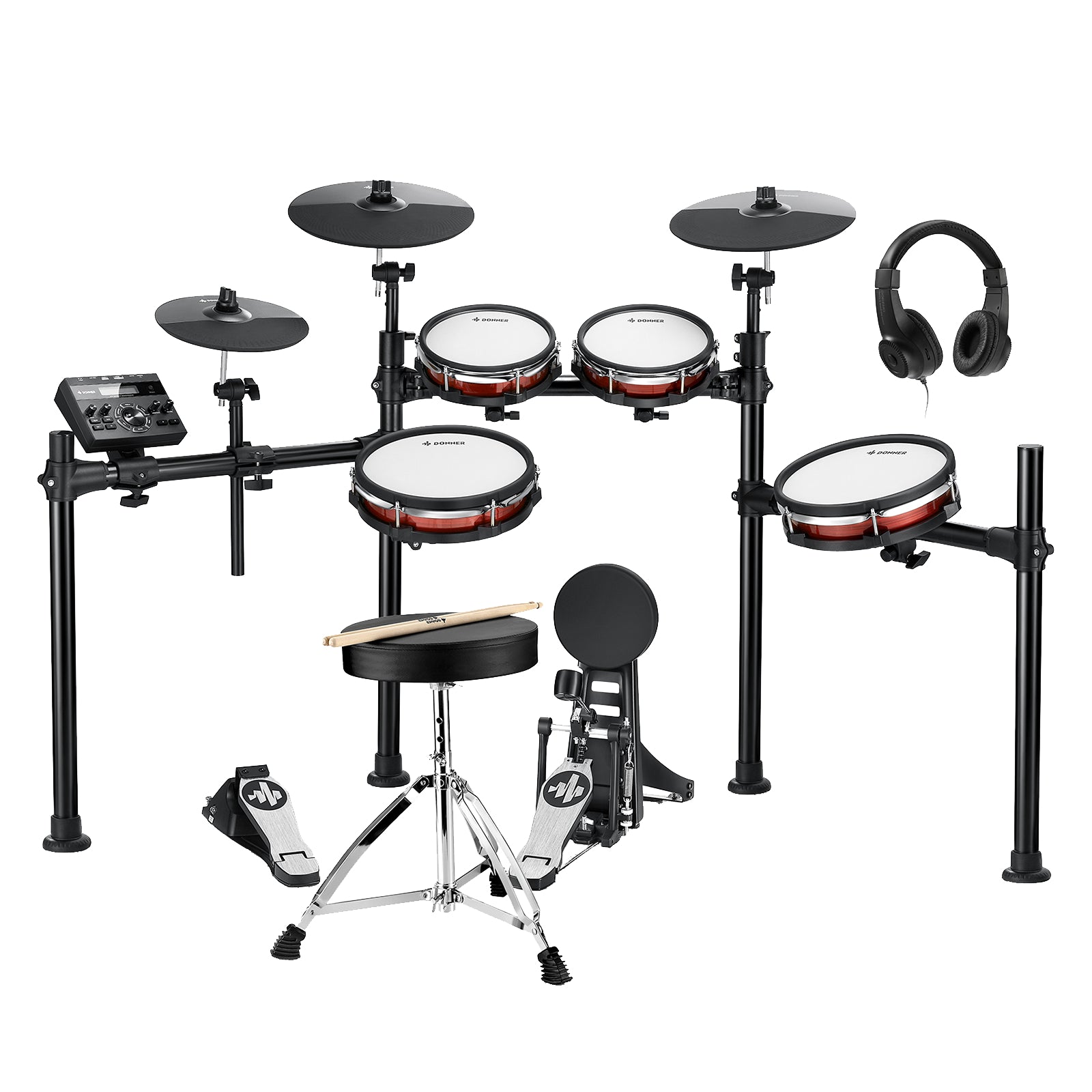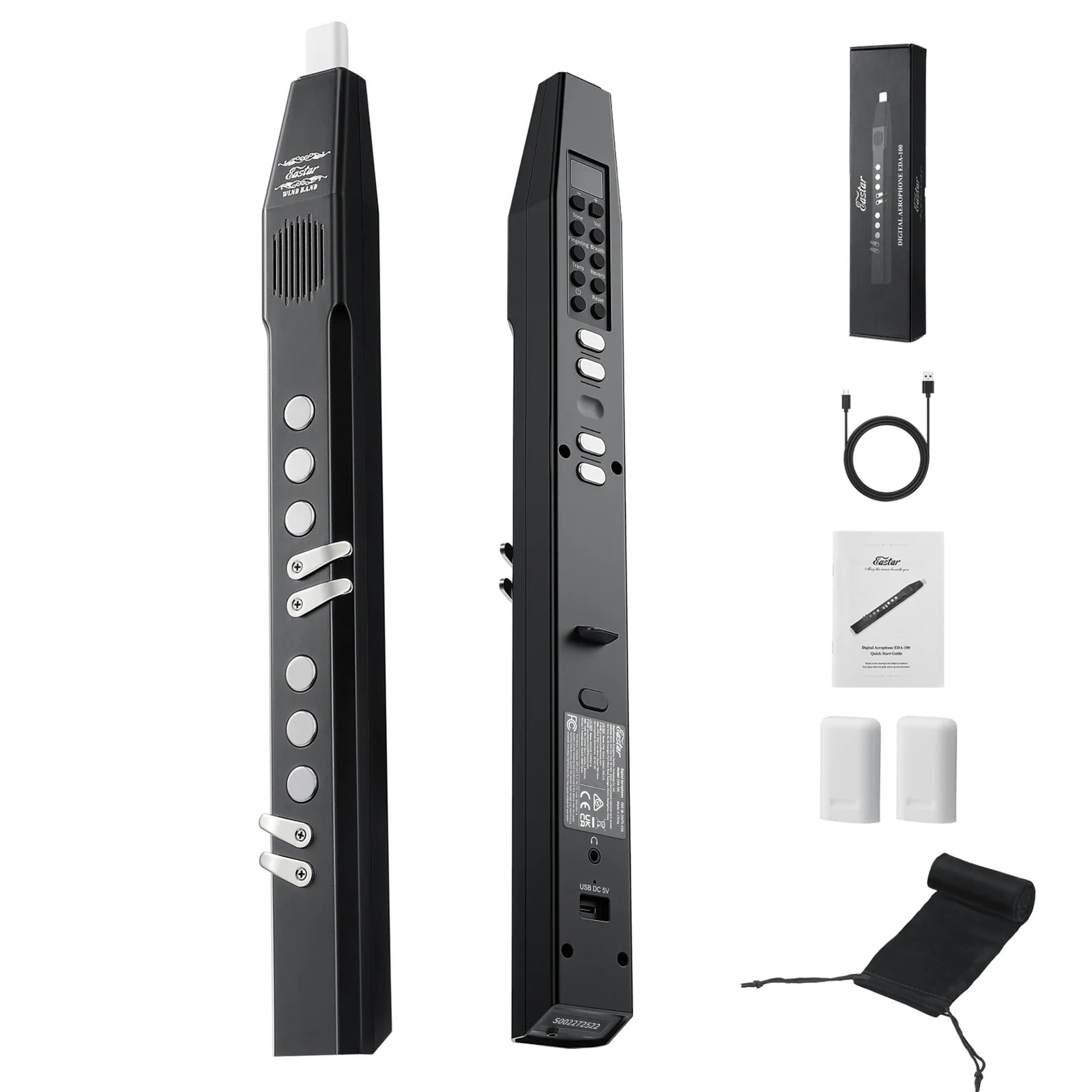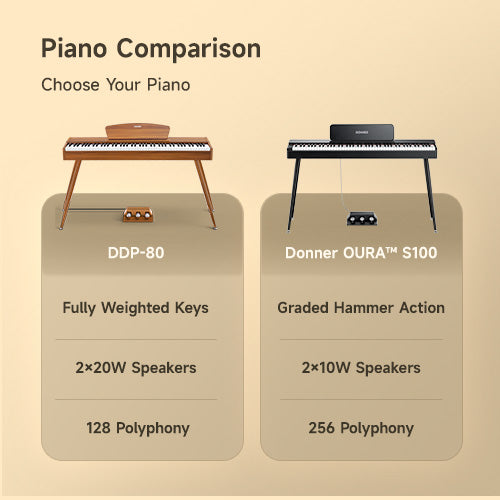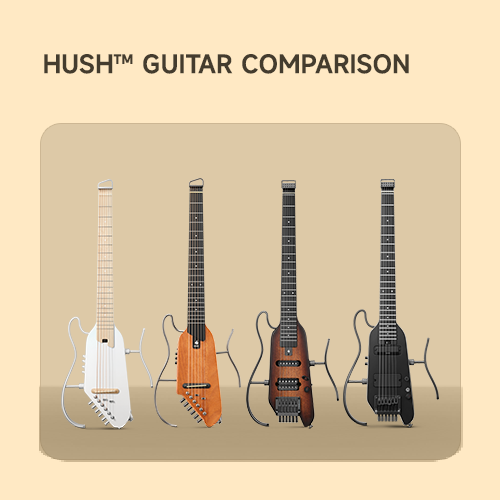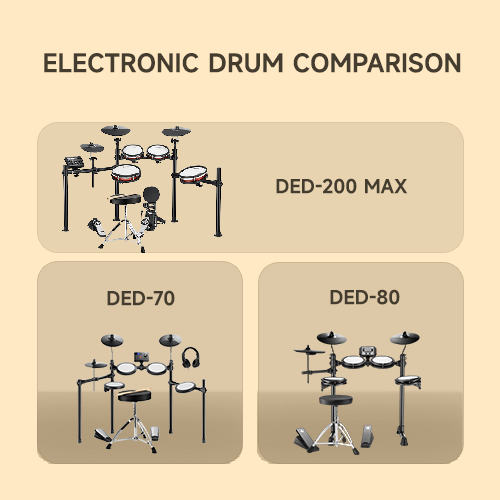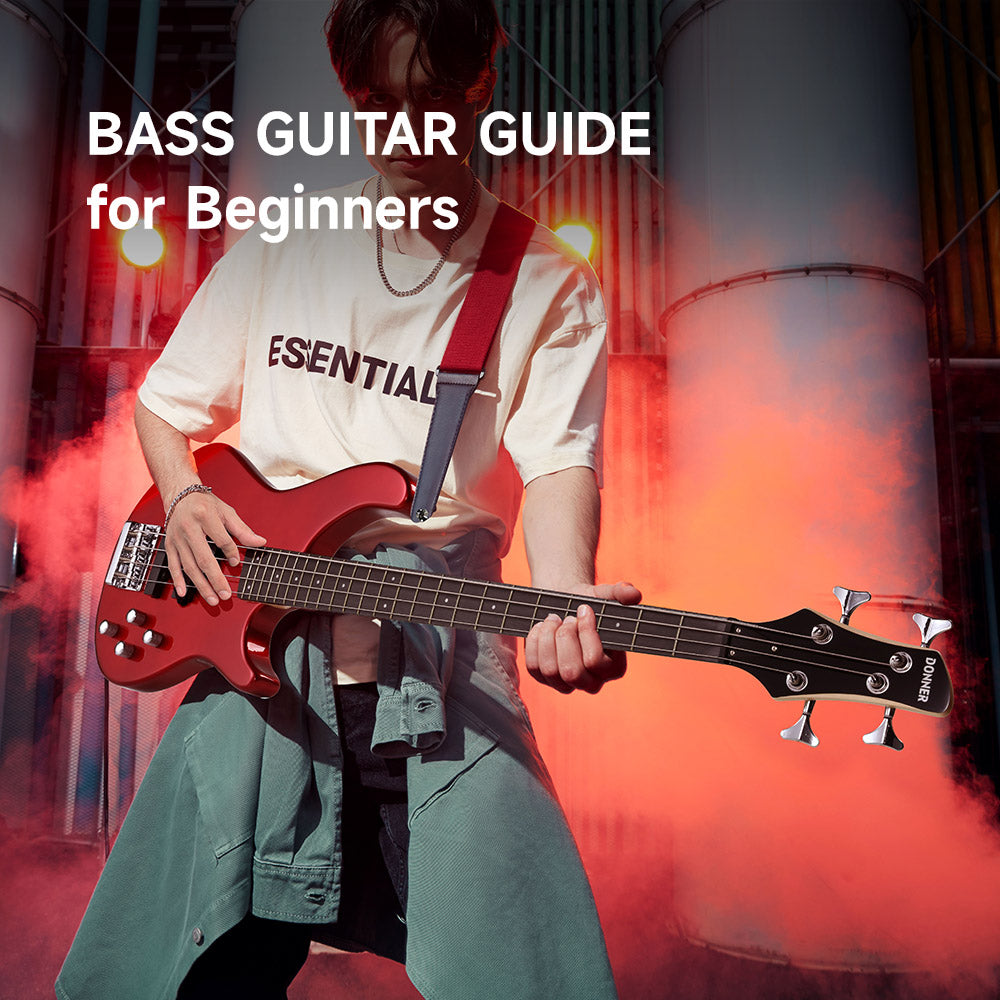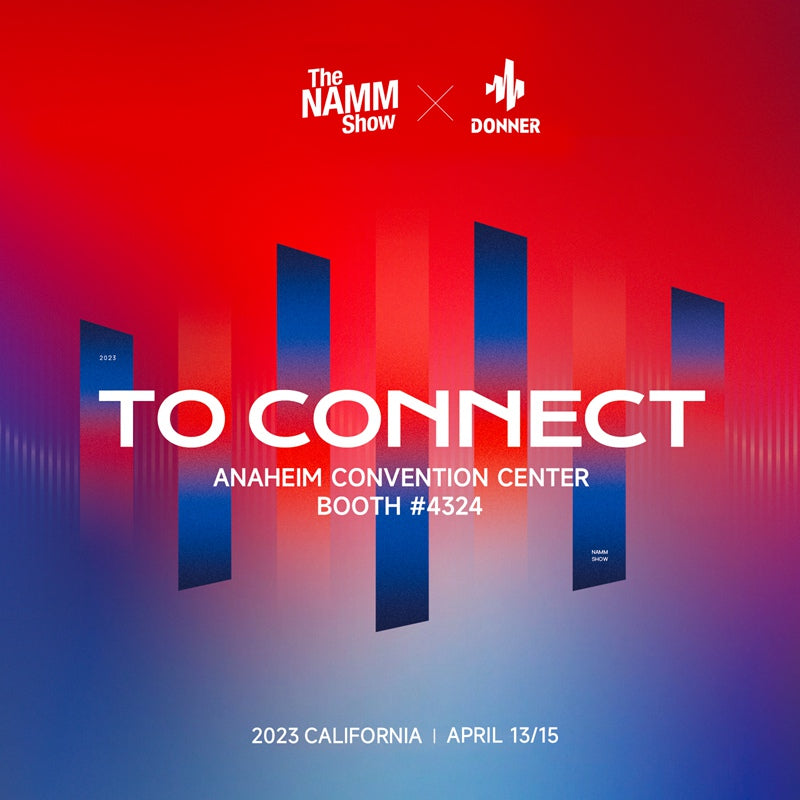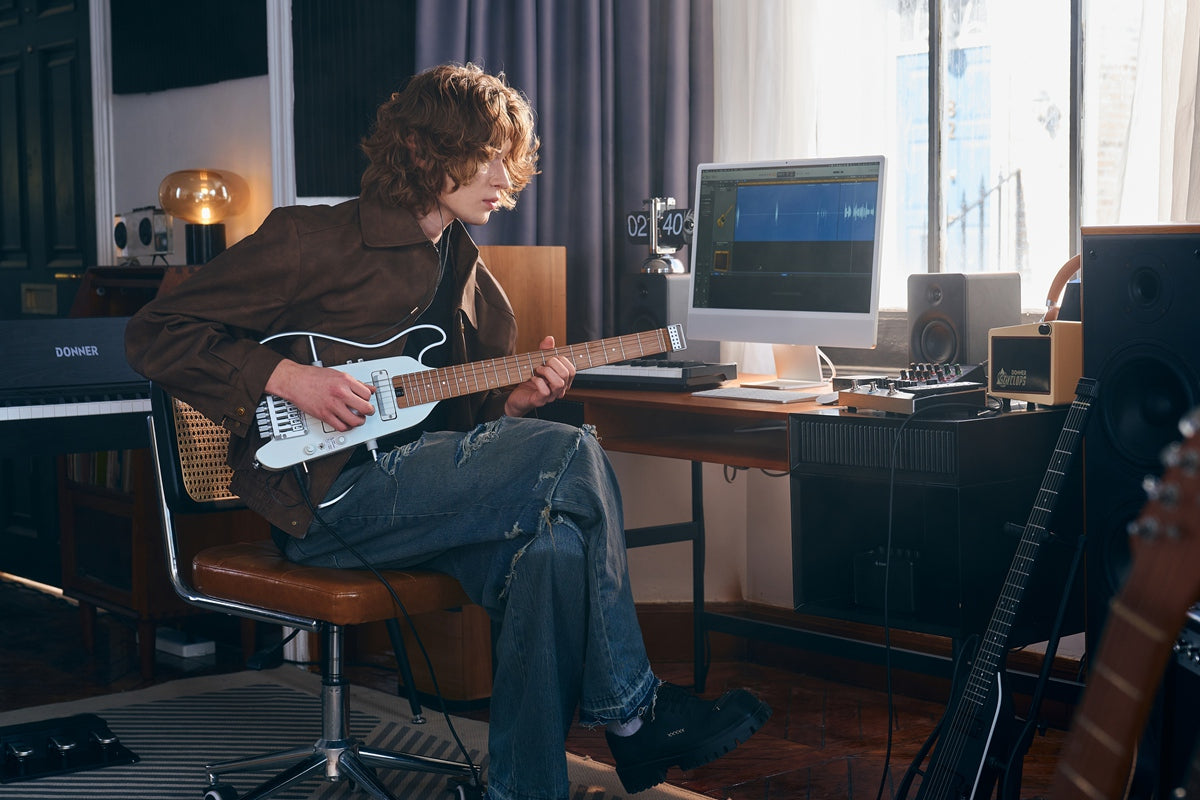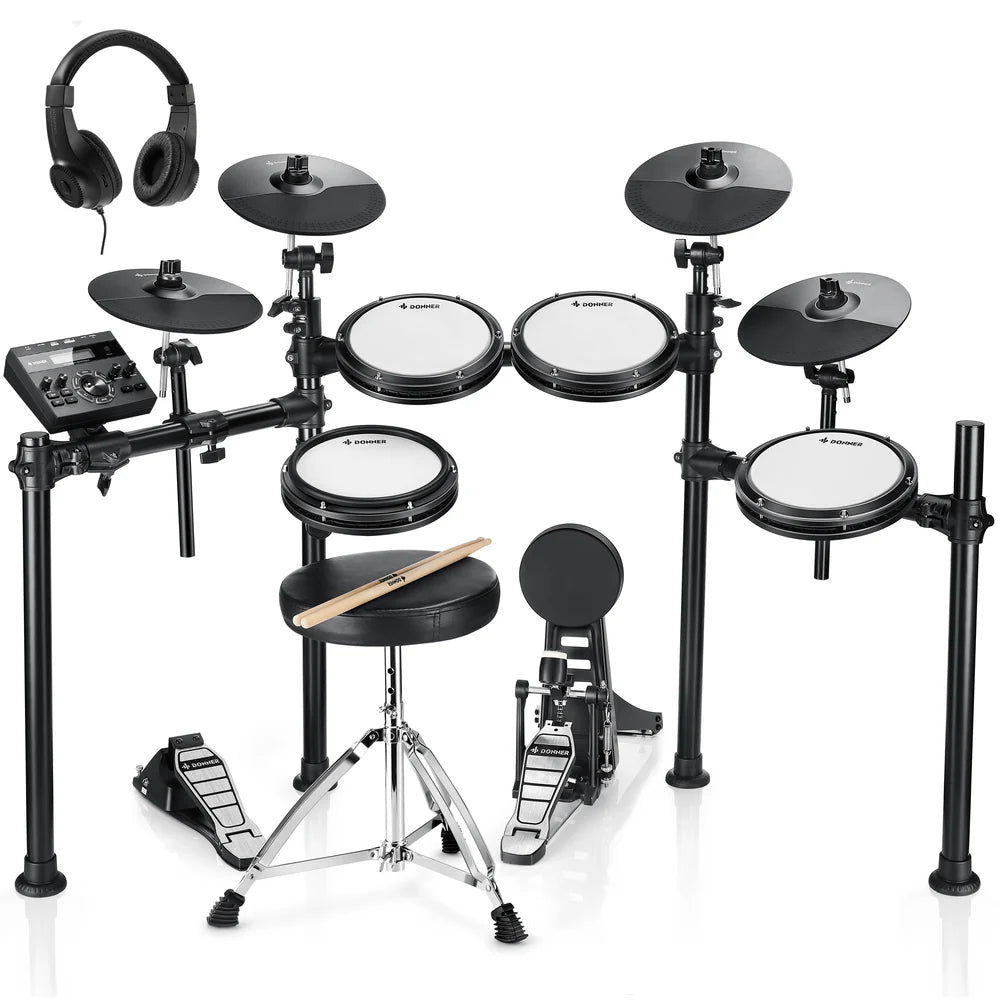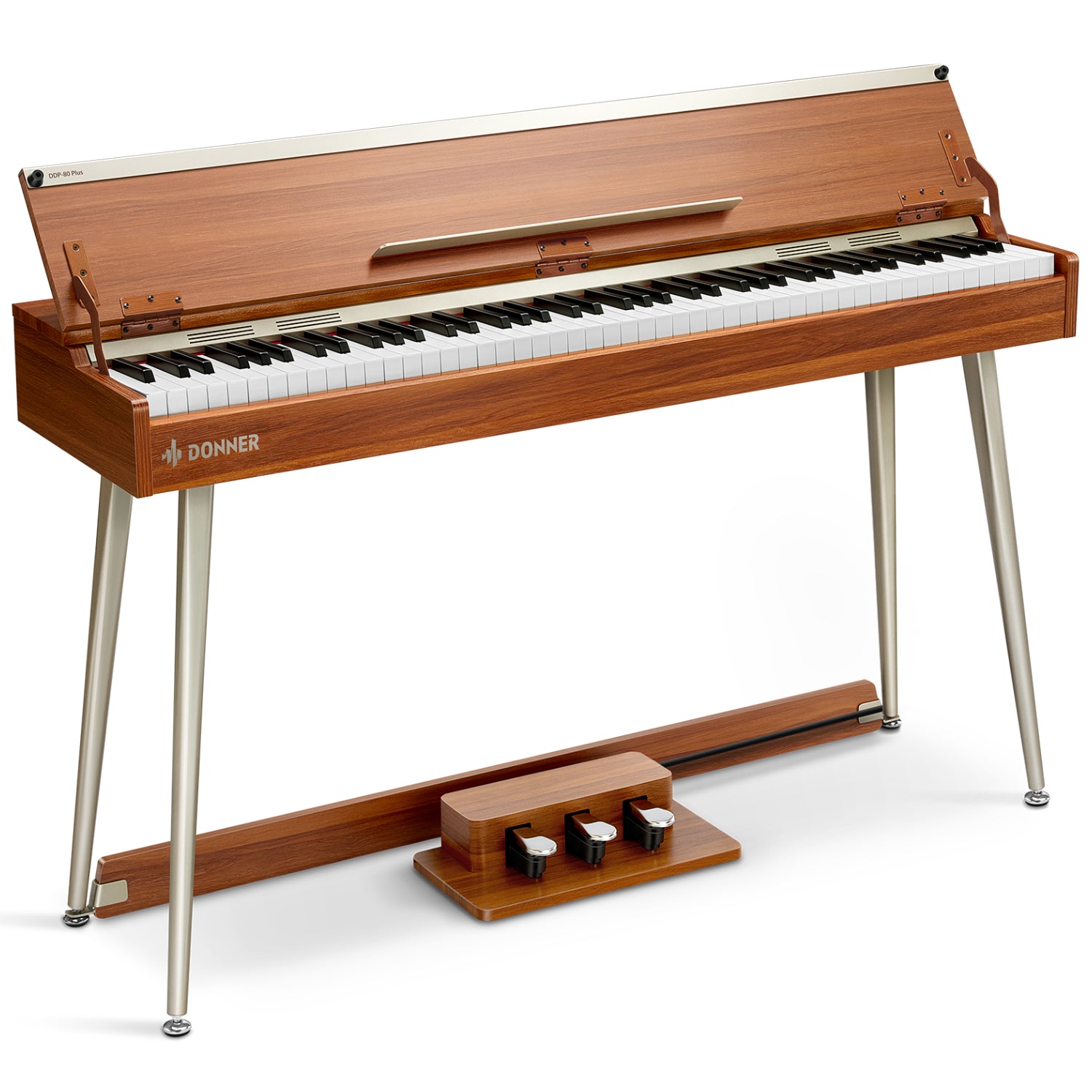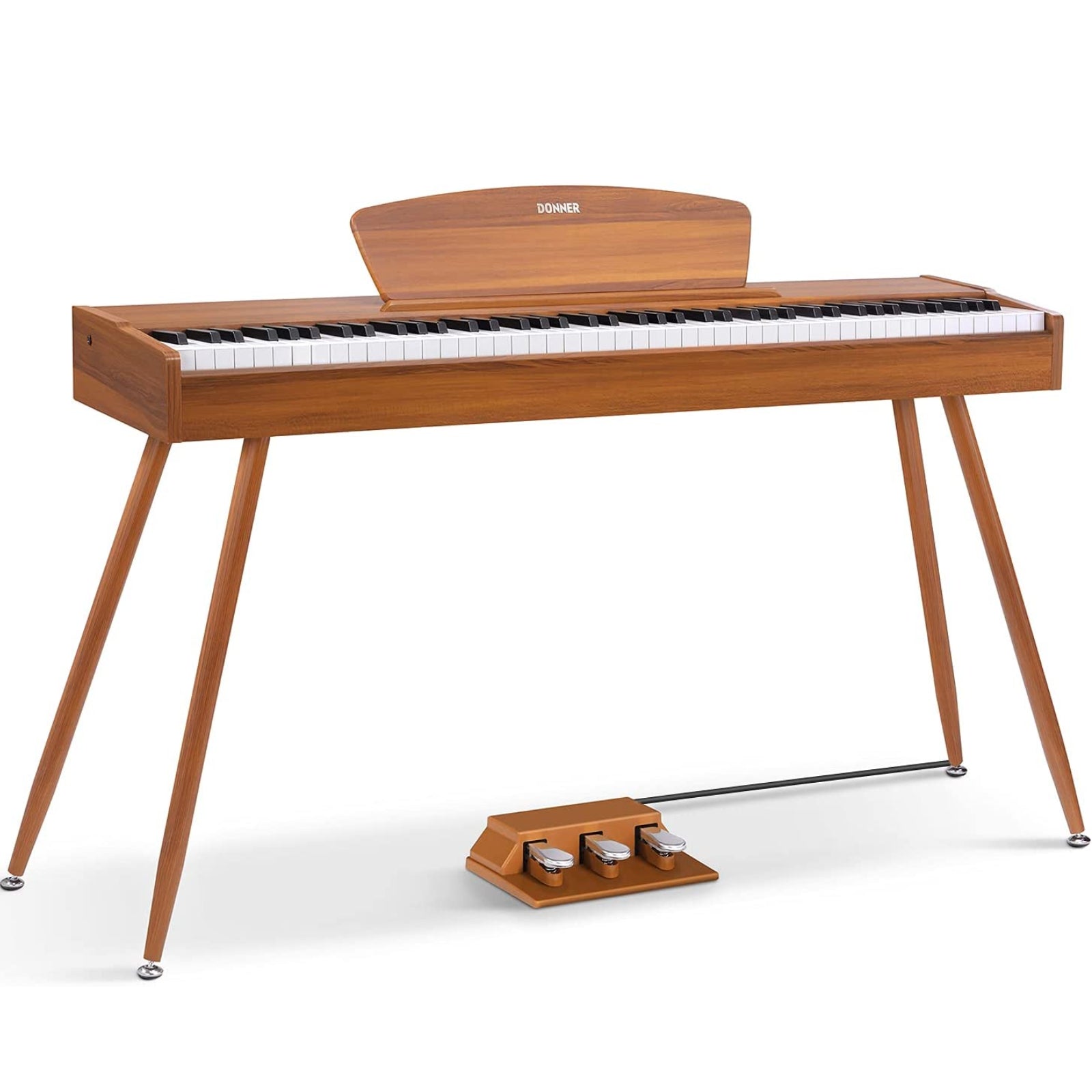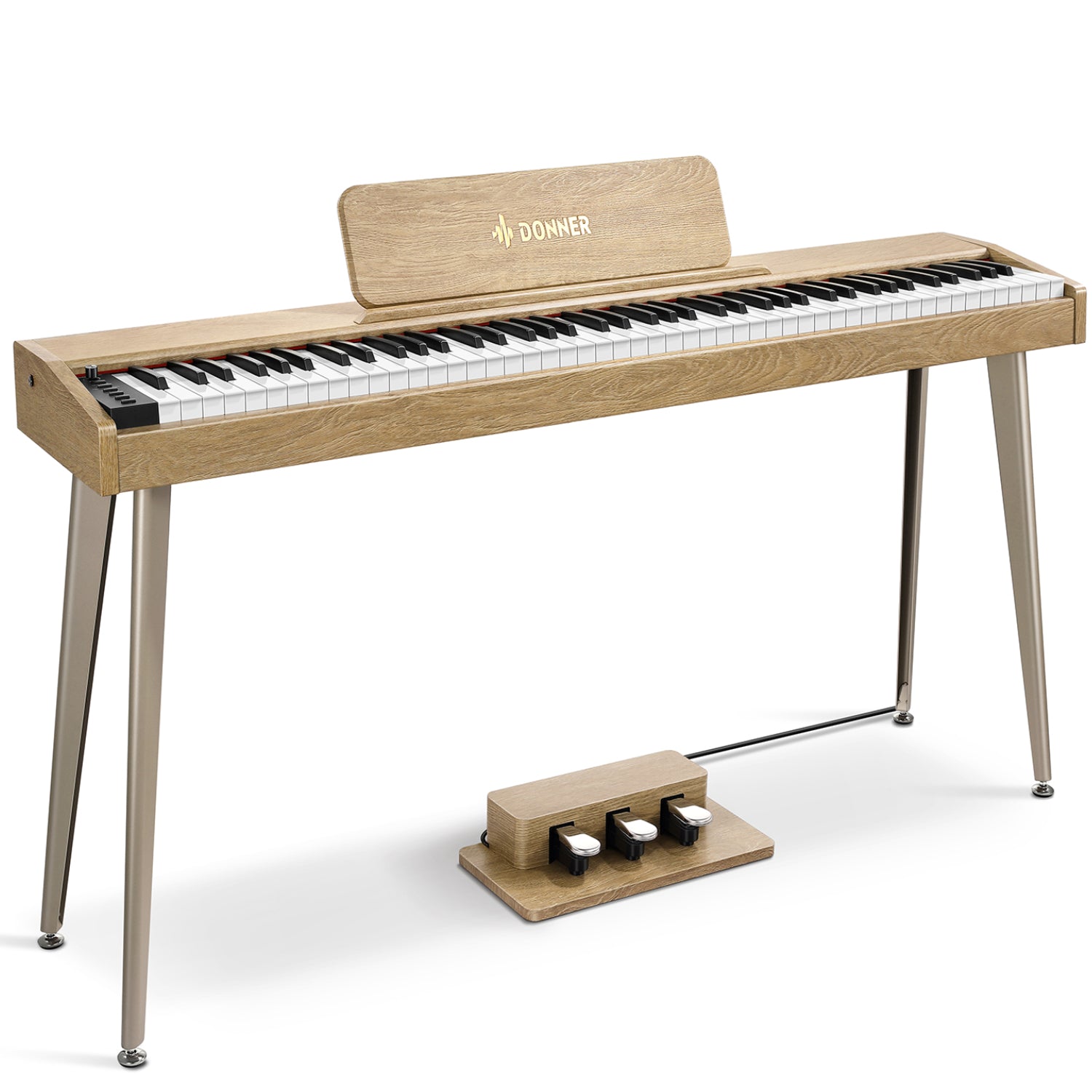Digital pianos have become increasingly popular in recent years as they offer a more affordable, portable, and versatile alternative to traditional acoustic pianos. One important feature that sets digital pianos apart from other types of keyboards is weighted keys.
Weighted keys are designed to simulate the feel of playing on an acoustic piano. They provide resistance when you press down on the keys, which makes it easier to control the sound and dynamics of your playing. This is especially important for piano players, as it allows for greater expression and musicality in their playing.
Weighted Keyboard VS Hammer Action Keyboard
What are the benefits of playing on a digital piano with weighted keys?
Realistic Playing Experience: Weighted keys provide a more realistic playing experience that mimics the feel of playing on an acoustic piano. This allows for greater control and expression in your playing, making it easier to convey emotions through music.
Improved Technique: Playing on weighted keys can help develop proper technique and finger strength, as you have to apply more pressure to play the keys. This can lead to better control and accuracy in your playing.
Better Dynamic Control: Weighted keys allow for greater dynamic control and expression in your playing. This is especially important for piano players, as it allows for a wider range of musical expression.
Longer Lifespan: Digital pianos with weighted keys tend to be more durable and reliable than those without, making them a better long-term investment for serious players.
Versatility: Many digital pianos with weighted keys also come with a variety of built-in sounds, effects, and recording capabilities, allowing for greater versatility and creativity in music-making.
Despite the many benefits of playing on a digital piano with weighted keys, there are also some potential drawbacks. For example, they can be more expensive than non-weighted keyboards, and may not be as portable due to their heavier weight. Additionally, some players may prefer the lighter touch of non-weighted keys for certain types of music, such as jazz or electronic music.
Hammer Action Keyboard
While the terms "hammer action" and "weighted" are often used interchangeably, there are some differences between the two types of keyboards.
Weighted Keyboards are designed to simulate the feel of playing on an acoustic piano. The keys have weights attached to them, which provide resistance when you press down on the keys. This resistance can be adjusted to match the player's preference. Weighted keyboards are ideal for beginner and intermediate players, providing a more realistic playing experience than non-weighted keyboards.
Hammer Action Keyboards, which are a type of weighted keyboard, use a mechanical hammer system to replicate the feel of the keys on an acoustic piano. The keys have weighted hammers that move up and down when pressed, providing a realistic feel and touch response. However, hammer action keyboards typically do not have a graded system, meaning the keys do not vary in weight from low to high notes.
As for Graded Hammer Action Keyboards are designed to provide an even more authentic feel by simulating the variation in weight and resistance of the keys on an acoustic piano. The keys in the lower register of the keyboard are heavier and require more pressure to play, while the keys in the upper register are lighter and easier to play. This provides a more natural playing experience and is particularly beneficial for advanced and professional players who require a high level of precision and control.
While both weighted and hammer action keyboards simulate the feel of playing on an acoustic piano, hammer action keyboards especially the graded hammer action keyboard provide an even more accurate simulation and are ideal for advanced and professional players. Weighted keyboards are a good choice for beginner and intermediate players who want a more realistic playing experience.
DEP-20 VS SE-1
Donner DEP-20 digital piano and SE-1 digital piano are the top selling weighted keyboards in our store. While both pianos offer full-size keyboards with 88 weighted keys, there are some differences between the two that can affect your decision.
Here are some factors to consider when choosing between the Donner SE-1 and DEP-20 digital piano. Also a comparison table and playing videos are attached at the end of this article.
1. Keyboard:
The Donner DEP-20 digital piano is designed with an 88-key hammer action keyboard, while The Donner SE-1 digital piano is featured with a graded hammer action keyboard providing a more realistic and authentic playing experience. The DEP-20 is more suitable for beginners.
2. Function:
Donner DEP-20 digital piano features a backlit LCD screen for clearly showing chords names and notation and adjusting wanted tones, recording mode-MIDI, MP3 Player, and two 25W amplifiers, bringing you a richer and better experience of practice and performance.
Donner SE-1 digital piano has a 1.3 inches display with multi-function direct buttons on the panel is more concise and convenient to use. It supports microphones and Bluetooth. Bluetooth allows you to play and sing along with the audio accompaniment. With microphones, you can play and sing along to the music. Everything can be recorded simultaneously. Through the MIDI in/out interface, the SE-1 88 keys keyboard can also be a full-size MIDI keyboard. It also supports USB connection IOS, Android, MIDI/computer, and multi-device. It allows you to easily realize the intelligent interaction of different scenarios such as APP teaching exercises, demo recordings, and arranging. The two 15W amplifiers also provide a wide range of applications for studio and lives performances.
3. Sound Quality:
Both Both pianos offer high-quality sounds and a dual-tone mode for combining two voices together, like piano and string, inspiring to make new creative inspiration.
Donner DEP-20 digital piano has 238 tones, including acoustic grand piano, bright acoustic piano, electric grand piano, chorus piano, harpsichord, vibrating harp, church organ, strings ensemble, and more. This would largely enrich the scenarios for performing and practicing. With 128 polyphony and 200 rhythms, the DEP-20 makes a perfect affordable choice to reproduce an authentic acoustic piano with an electronic touch.
Donner SE-1 digital piano features 4 reverb effects. Each reverb effect allows you to simulate a playing circumstance instantly. With up to 200 tones,128 polyphonies,100 rhythms, and 60 demos, you can play your music freely even in complex scores.
4. Portability:
The SE-1 digital piano is designed to be more portable, lightweight, and compact. Donner SE-1 88-key digital piano with a lighter body, sleek and simple streamlined design. The matte surface shows texture without losing fashion. The piano body(not including the wooden stand) weighs only 10.5 kg/23 lbs and is 25% thinner than the old versions.
If you plan on moving your piano frequently or taking it to gigs, the SE-1 may be the better choice.
Ultimately,
the choice between the Donner SE-1 and DEP-20 digital piano will depend on your personal needs and preferences. If you're a beginner or on a budget, the DEP-20 may be the best choice. If you're looking for the highest sound quality and more advanced features, the SE-1 may be the better option. Regardless of which piano you choose, both models offer high-quality sound and authentic playing experiences that will help you develop your skills as a pianist.



